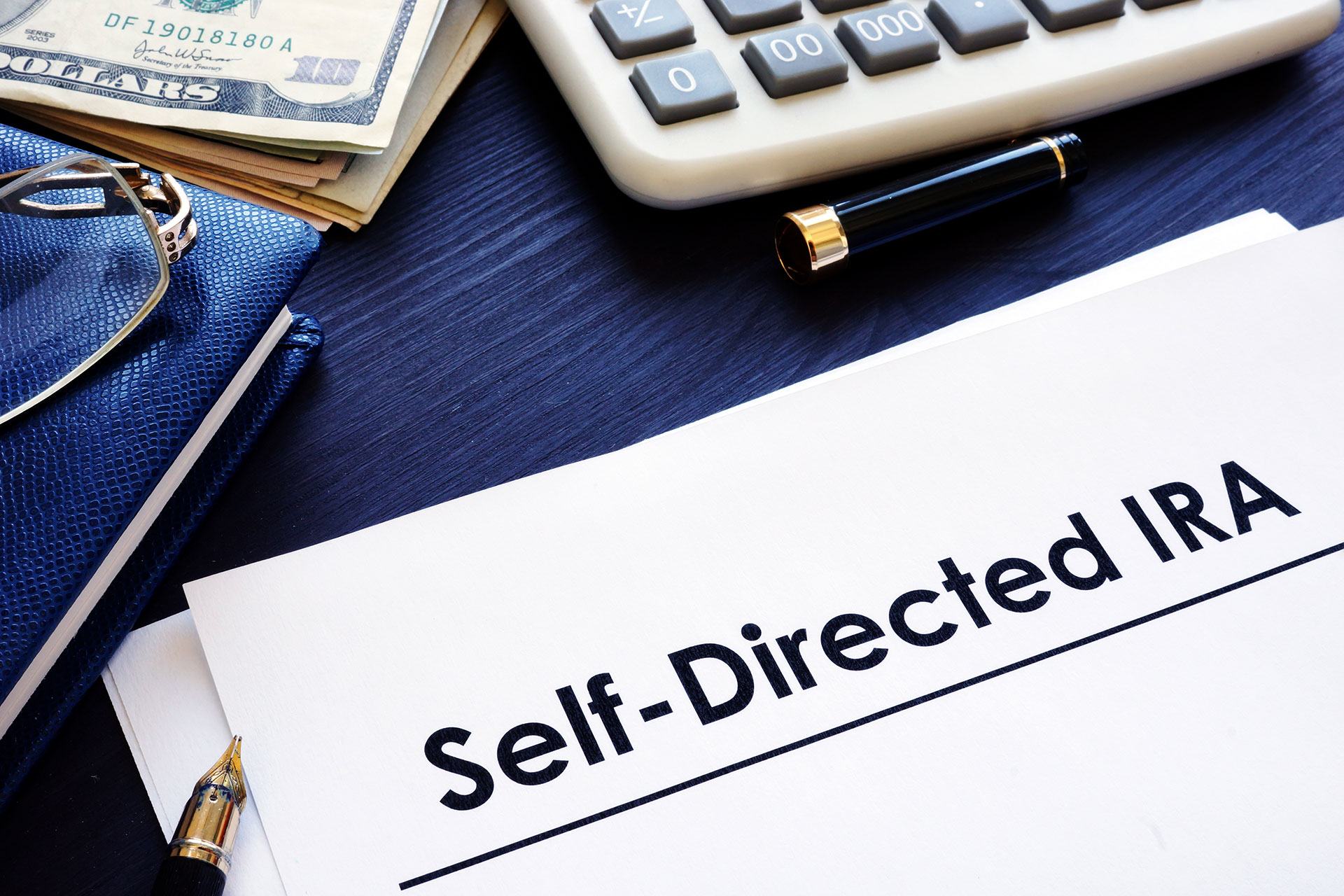
We talk a lot about self-directed IRAs on our blog, but we thought it might be a good time to have a little refresher course on exactly what that is. While many people are familiar with IRAs (individual retirement account) in general, the self-directed form is not quite so widely known.
So what exactly is a self-directed IRA?
The term “self-directed” simply means that you, as an individual, have complete control over selecting and directing the investments within your own IRA or 401(k). In a self-directed transaction, you make all of the decisions regarding your investments. The self-directed IRA administrator (such as IRA Innovations) completes the documents required to establish your account and purchase the investment you select.
So how is it different from a traditional IRA?
In order to understand the differences, it’s important to first know a little history. In 1975, as part of the Employee Retirement Income Security Act of 1974 (ERISA) IRAs were created. Within this Act and in the IRS code there was not a listing of what investments could be made within an IRA but only what investments were not allowed within an IRA. Most IRA custodians limit account investments to traditional brokerage accounts (stocks, bonds, mutual funds), but a self-directed IRA can invest in real estate, mortgages, franchises, private stock, and more (see list below) in addition to stocks, bonds, and funds.
Investments not allowed include: life insurance, collectibles, which include works of art, rugs, antiques; metals other than gold and palladium bullion; gems; stamps; coins (except certain U.S. minted coins); alcoholic beverages, and other tangible personal property as may be defined by the Secretary of the Treasury.
In other words, possible self-directed IRA investments that are allowed include but are not limited to:
- Private stock offerings
- All types of real estate
- Timber land
- Single family and multi-unit homes
- Condos
- Subdivision lots
- Large tracts of unimproved land
- Apartment buildings
- Office buildings
- Securities, certificates of deposits, stocks, bonds, mutual funds
- Lending money for mortgages
- Unsecured loans
- Church bonds
- Commercial paper
- Commodities/future accounts
- Contracts of sale
- Factoring
- Foreign sales corporation stock
- Gold bullion
- Joint ventures
- Leases
- Limited Liability Companies (LLCs)
- Limited Partnerships
- Private Corporations
- Palladium
- Tax Lien Certificates
- U.S. Treasury Gold and Silver Coins
- Livestock such as horses or cattle
These are just some of the investments allowed within a self-directed IRA. A huge benefit is that you can look at the list above and find the areas you are familiar with and/or interested in. Those may be the best areas for you to invest.
With the knowledge of this wider range of possible investments of an IRA or 401(k), you can potentially build wealth and secure your future much more effectively than through retirement plans that limit you only to publicly traded stocks, bonds, mutual funds, and CDs.
IRA Innovations provides self-directed retirement account administration and education. As the experts when it comes to “alternative” investments including private equity, they can provide the necessary tools and information to get started with a real estate IRA.



